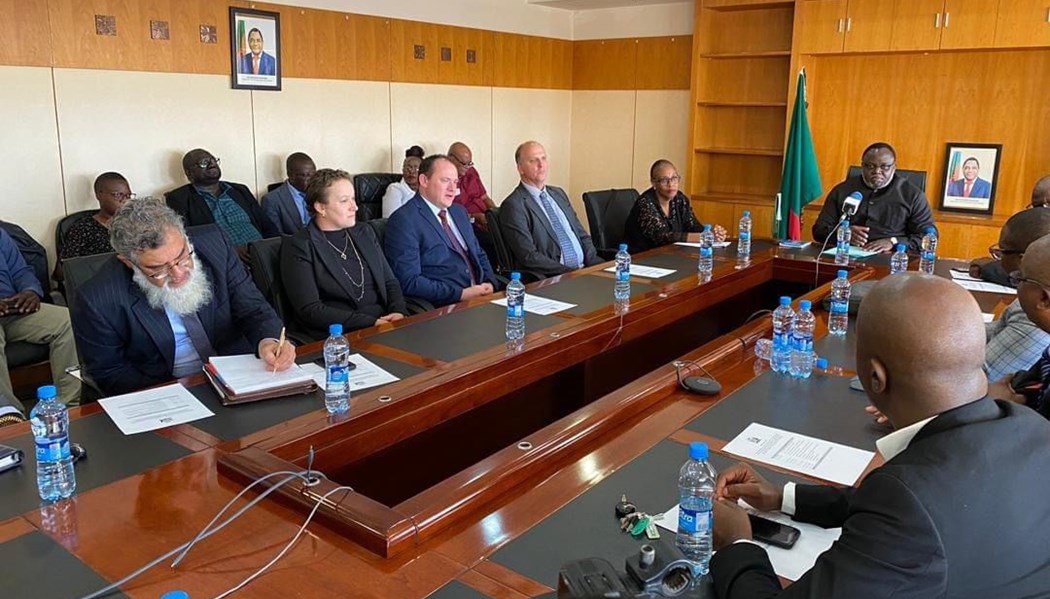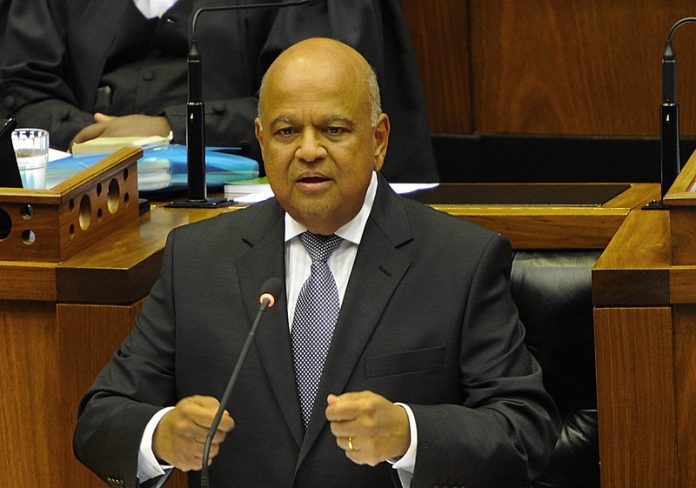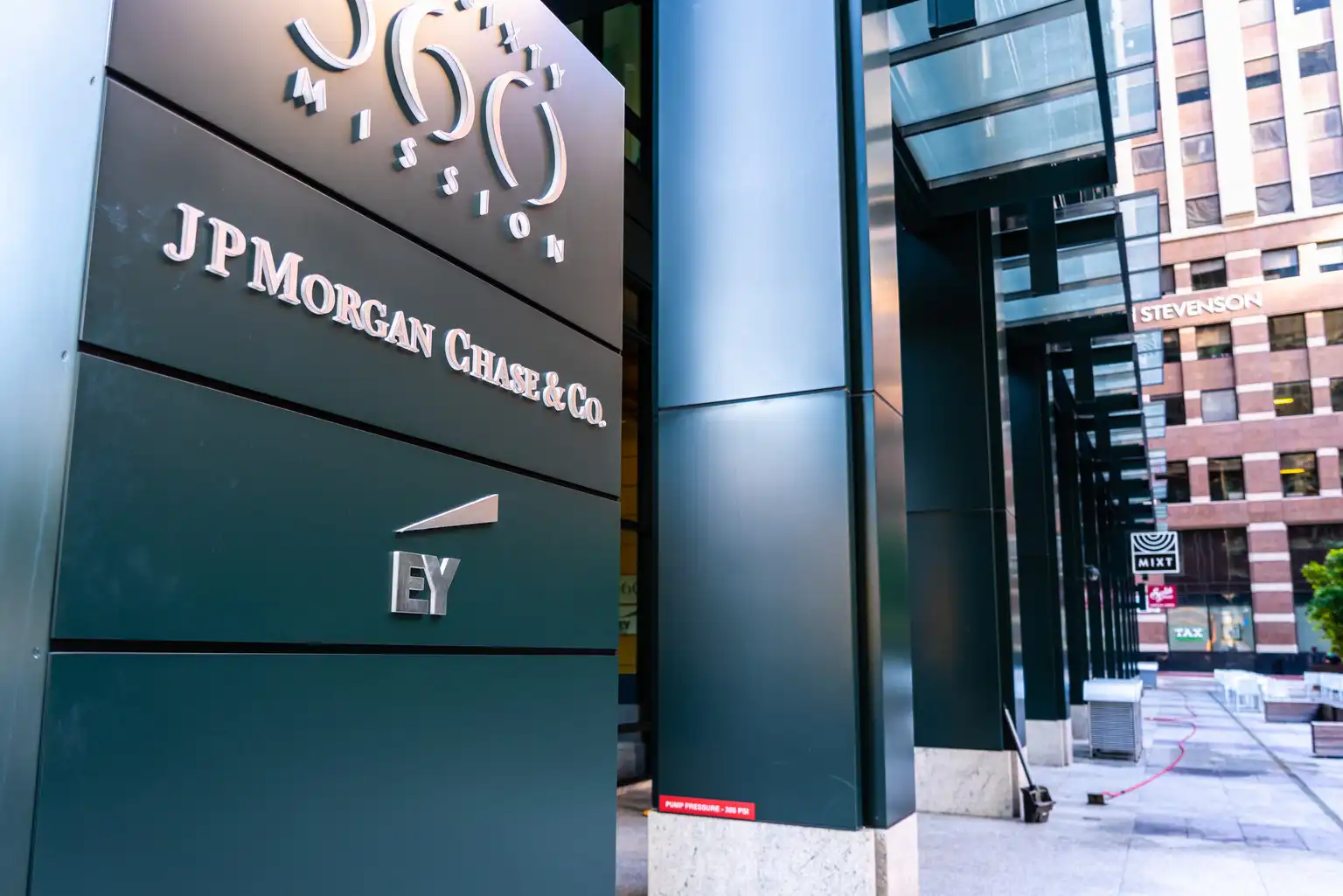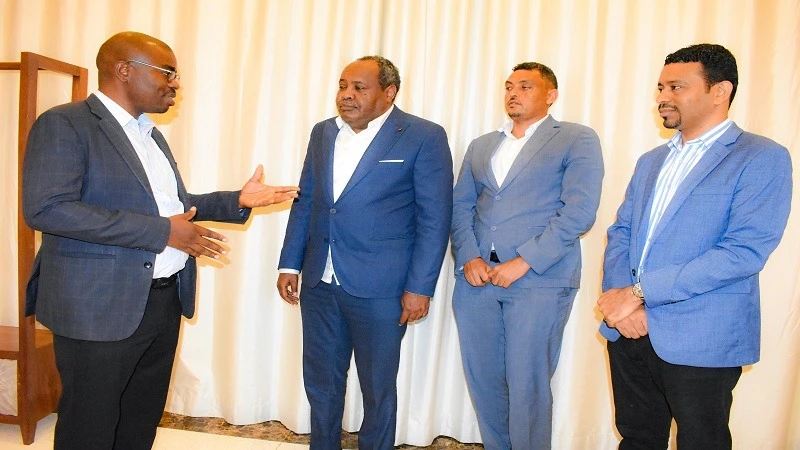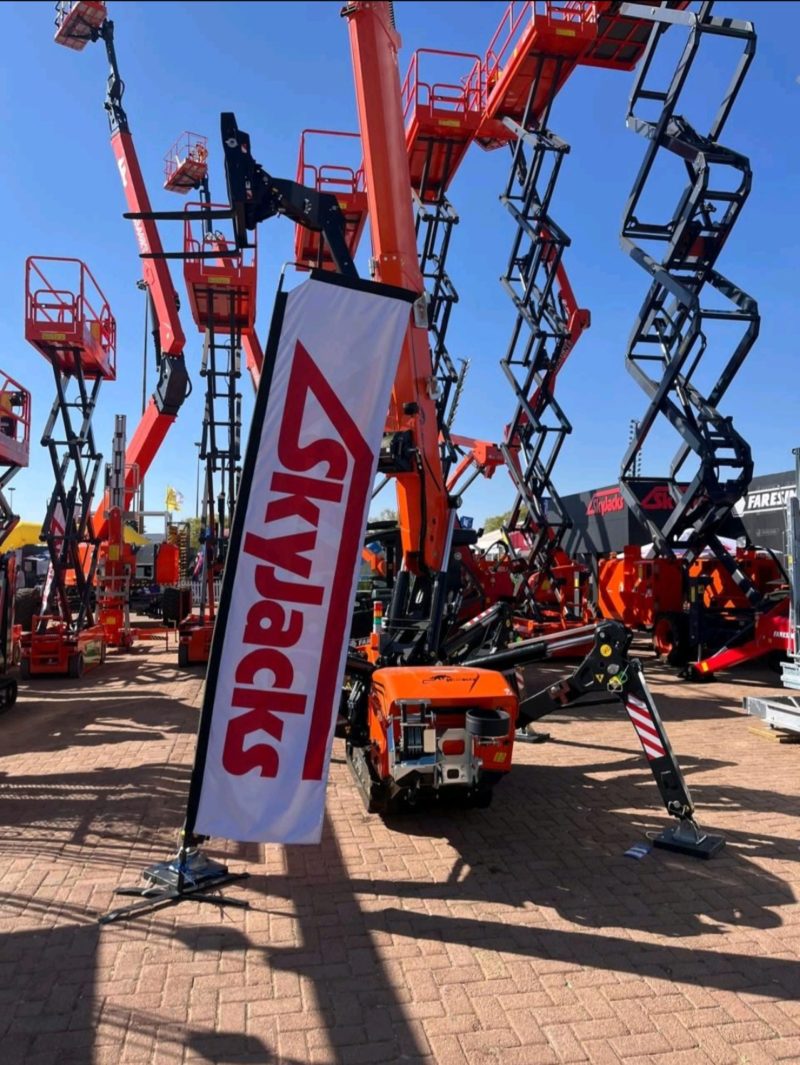Mining Other

The capability deficit: Solving South Africa’s supervisory challenges

However, it continues to face Goliath-sized hurdles: crime, insufficient and unreliable infrastructure, supply chain and transportation issues, and a lack of proficiency among the workforces.
But while this ‘Capability Deficit’ is a huge challenge facing mines, says Arjen de Bruin, Group CEO at OIM Consulting, the good news is that addressing it is “within our control.
“At every mining site and operation, we have seen the same thing: Whether you are a mechanized open pit, mechanized underground, conventional underground, have continuous mining, or are a baord and pillar operation, the fundamental key to success will remain the effective and capable supervisor. They are your culture carriers and ensure targets are attained. Sustainable operational excellence only occurs if your supervisor is equipped for it and buys into the notion of making every shift count.”
For over a decade, OIM Consulting has worked extensively within the mining industry to create profitability by building supervisor capability. The consultancy has conducted on-site research to understand what capabilities and skills are in short supply and then works to instill these through a targeted intervention that includes on-the-ground coaching.
“In executing our methodology on the floor, we have observed several recurring factors contributing to poor performance,” says De Bruin. He says that these include:
· 51% lack of supervisory performance
· 23% process and equipment inefficiencies
· 16% structure and resourcing challenges
· 12% non-supportive culture
Furthermore,
De Bruin says that the consultancy conducted competency and operational
effectiveness assessments on more than 2000 supervisors and the results
all tell the same story: a sub-standard level of capability across the board.
“The tests revealed that only 17% of supervisors have the required competency for their role; 91% follow an unstructured and reactive approach to job execution; and that supervisors were found to execute their tasks only 42% effectively.”
De Bruin says that strategic intervention, targeted at an organization’s supervisors – the front-line leaders – is very effective in addressing these shortfalls. “Our solution comprises a tried-and-tested framework that what we refer to as Coaching to Performance, which combines problem-solving, competency development, classroom training, and on-the-floor coaching to drive daily productivity whilst measuring real operational improvement.
“At
each mine, we have seen the bottom-line impact of increasing supervisory
effectiveness. The integration of competencies and theory through on-the-floor
operational coaching has proven how performance can be lifted.
“Sustainability is created through the involvement of direct managers,
fostering a coaching culture, and scheduled quality checks.”
De Bruin says that no matter how well-designed an organizational strategy, processes, and procedures, they will miss the target unless your leaders and teams share the appropriate culture.
“Ultimately,
how your people show up and conduct business – every day – will determine
implementation. Baseline evaluations show that, on average, only 12% of
supervisors regularly set direction, engage, and empower their teams for target
attainment,” he says.
“It is important to focus on building leaders as culture carriers and equipping
them with skills and tools to lead and develop their teams, create a collective
focus on the strategic intent of the company and how the team contributes to
business success, foster a more process-driven team environment, and get
individuals to actively participate in problem-solving, innovation and
continuous improvement.
“Bottom line: supervisors who can set up and enable their teams are positioned for success,” he says.




